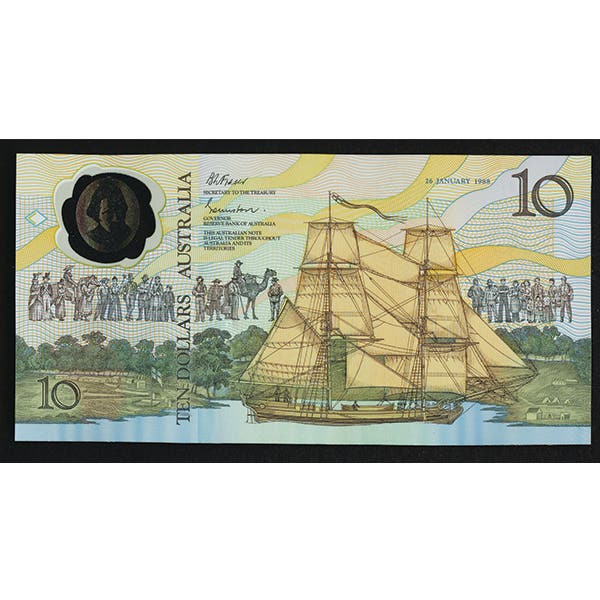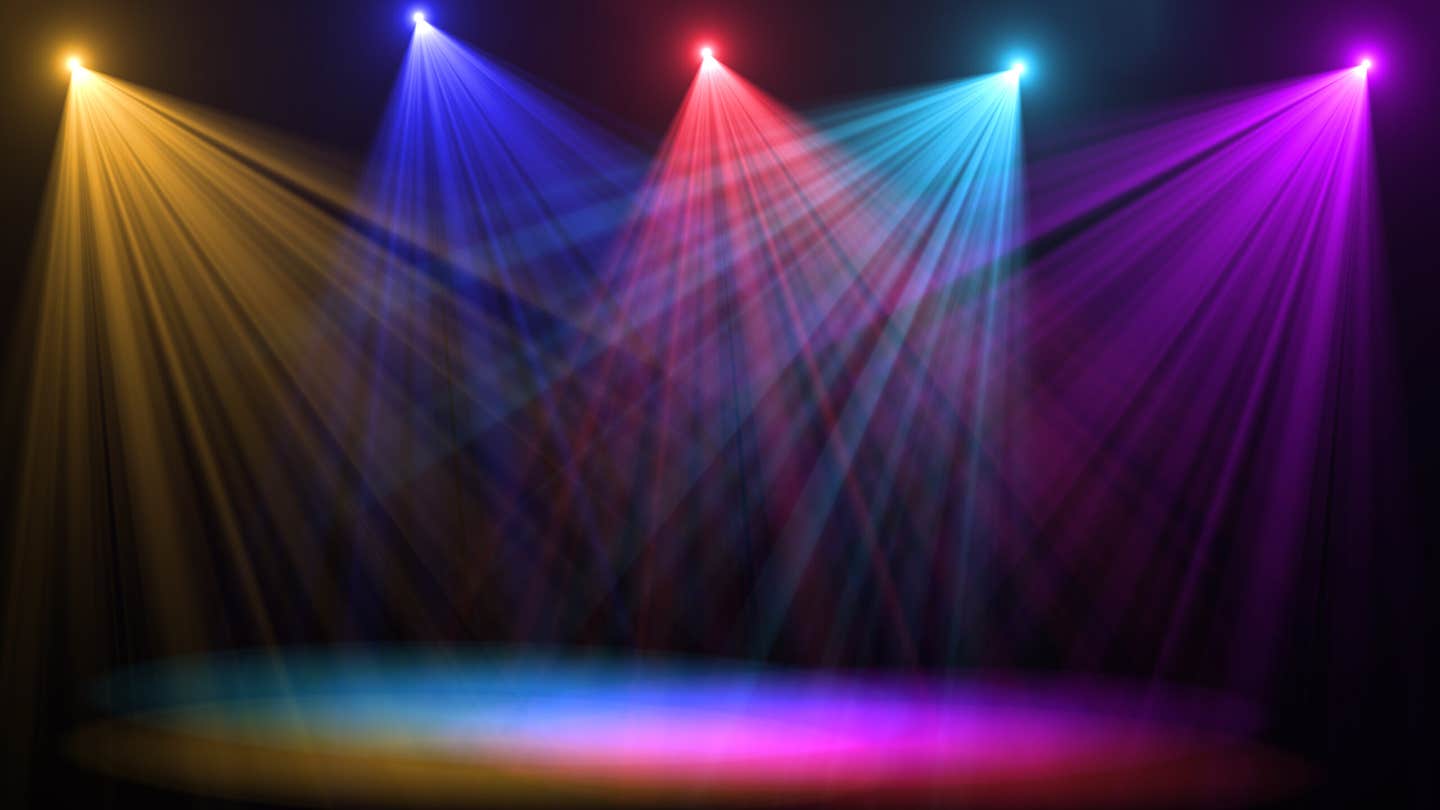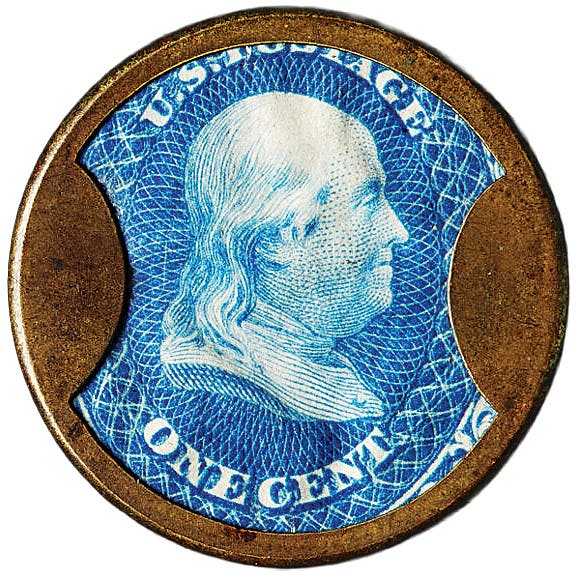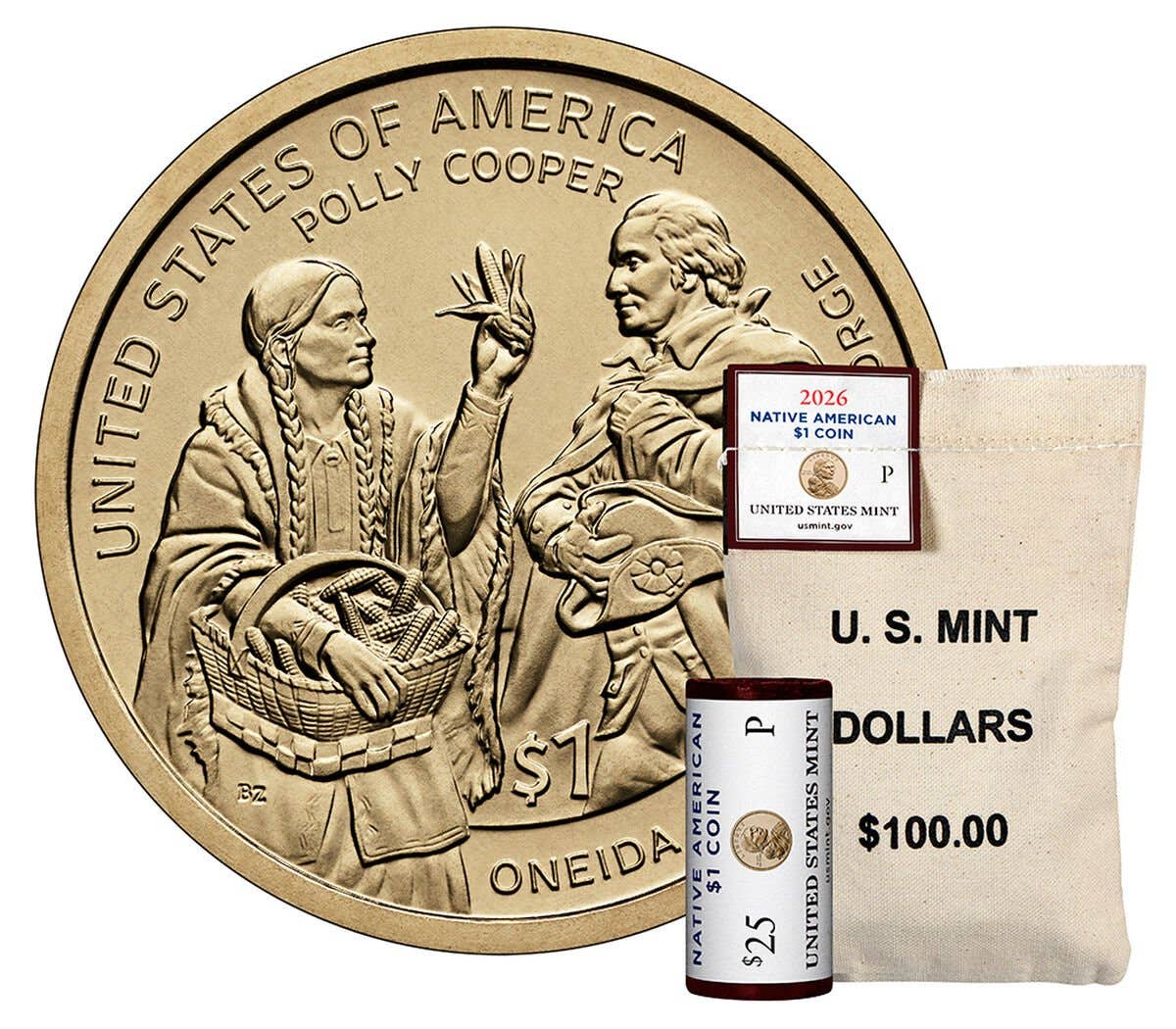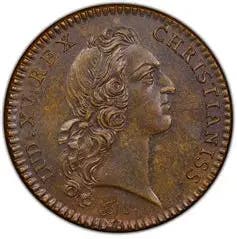What is Eye Appeal?
What is a coin’s eye appeal and why is it important?
For this column, I’m going to take a crack at explaining “eye appeal.” The reason I’m writing on this subject is because I see an old problem becoming worse with regard to “modern” coins that are only modern for a specific time period. You know how it works. At one time, many of us could anticipate the issue of a bright red 1956 Lincoln cent to fill a hole in our Whitman album. Back then, that was a modern coin. I don’t consider these to be modern coins anymore, although others do. This presents a problem for the TPGSs, as it seems to me that inexpensive, modern coins are being graded differently. While grading services existed before PCGS and NGC, I’ll bet most young collectors believe professional grading began in 1986. A relatively short time after they were started, these two TPGS added a “modern tier” to their grading services. Many of these modern coins are graded by the naked eye alone. Due to their availability and lack of present-day value when they reach the grading rooms, I’ve seen many of these on the market that received grades far above what, in my opinion, is warranted because they lack eye appeal. When I grade “moderns,” I look to the future and don’t change my standards. That way, a dime-a-thousand 2025 Silver Eagle graded MS-70 today selling for $100 that may be worth many multiples of that in twenty years will hold its grade when someone examines it at 10X. Otherwise, some future examiner will determine that a once “market acceptable” perfect coin actually has a number of obvious defects! Perfect MS-70 coins exist, so my advice to readers is to quote the often-heard statement: “Buy the coin and not the label.”
Eye appeal is a pleasing initial impression of an object that is confirmed or not after a closer inspection. The determination of eye appeal is based on the vision and experience of the examiner using prevailing trends and customs. It is influenced by the viewing conditions, such as the lighting, the container (if present), etc. Any object can have eye appeal. For example, when shopping for a tomato, most would pick one with a firm, reflective, red-orange surface rather than one with a split skin and black patches; but we are talking about coins and not attractive “tomatoes”, either human or vegetable.
A coin’s eye appeal is chiefly focused on the quality of its surface and its color, although its overall design must also play a small and possibly subliminal part. Because of this, even coins with solid, outstanding eye appeal can still be separated into different grades. The problem is, we are now going right back to the area of subjectivity where the knowledge, experience, vision, and viewing conditions come into play.
If you think about it, a coin’s grade is definitely connected to its eye appeal, and yet it is not. An About Good coin can be just as attractive for its grade as an MS-70. So, if you agree, we can rule out the amount of a coin’s design remaining in my attempt to explain eye appeal. That leaves the determination of eye appeal dependent on the condition of its surface relative to any distracting defects other than loss of design details due to circulation wear. Metal surfaces are susceptible to lots of things. Contact marks such as scratches, scrapes, damage, and bag marks, along with chemically induced problems such as spots, stains, and corrosion, are all considered to be defects. This raises the question of degree, which is further influenced by the location of the defect. Since the fewer post-mint defects on a coin, the better, problem-free coins have the best chance of having good eye appeal.
You may also like:




